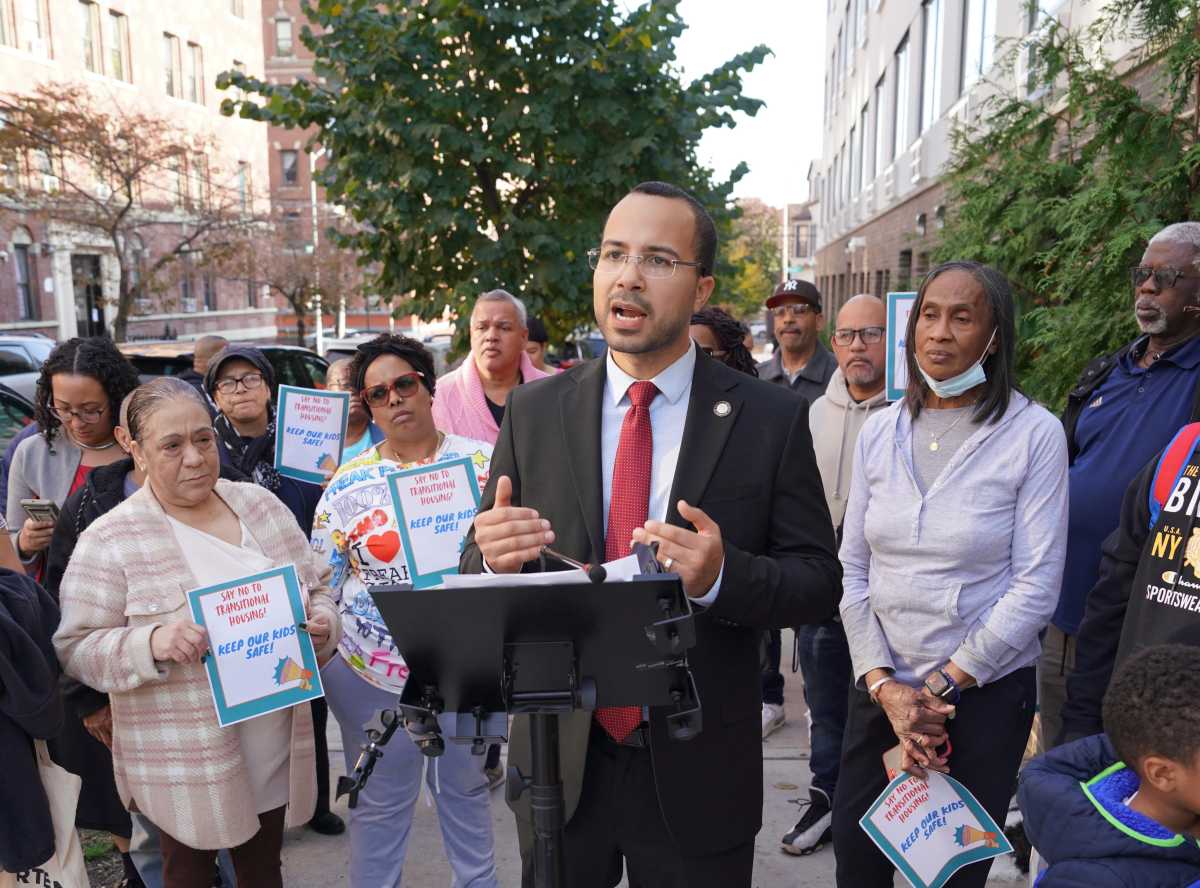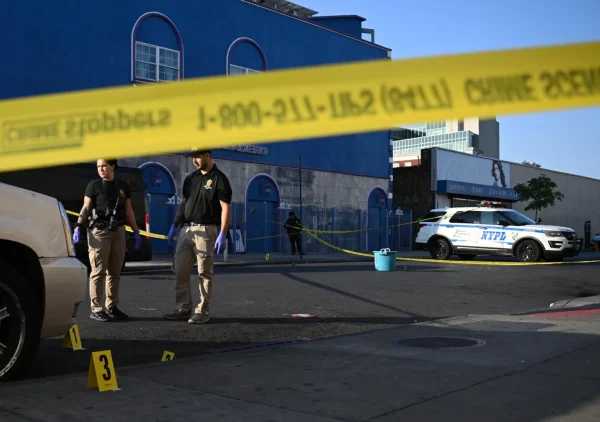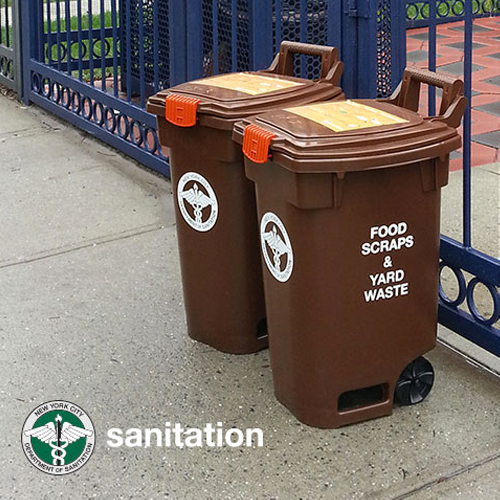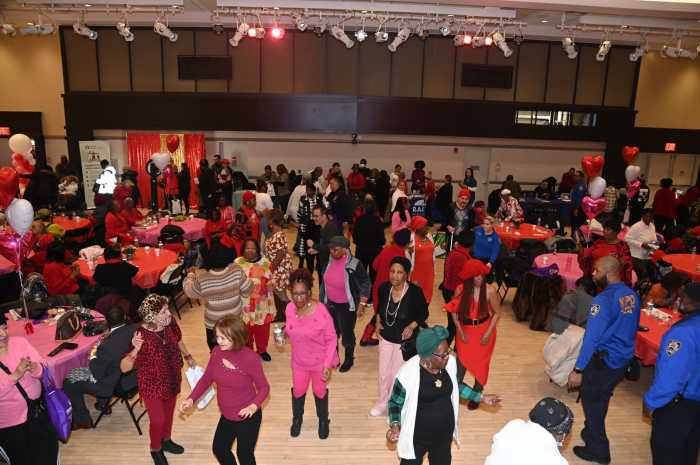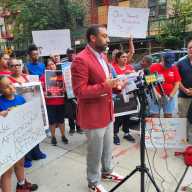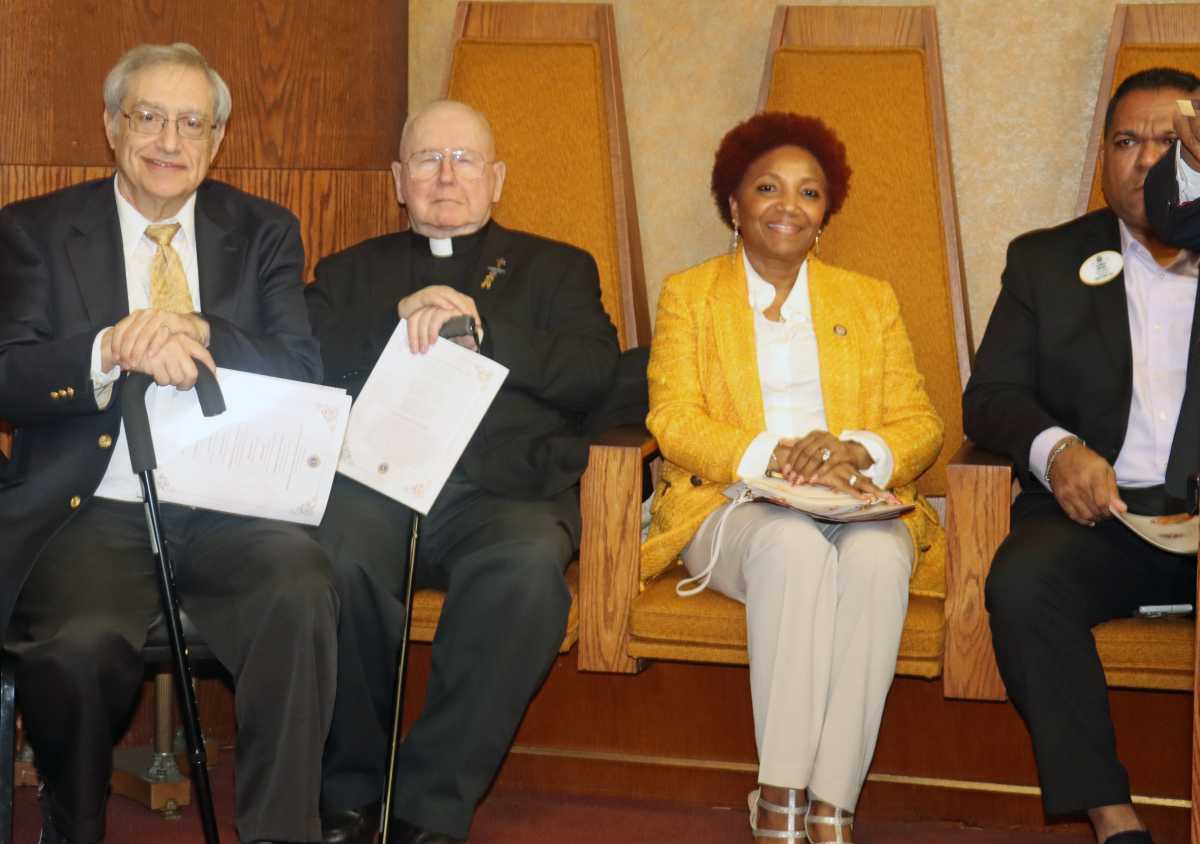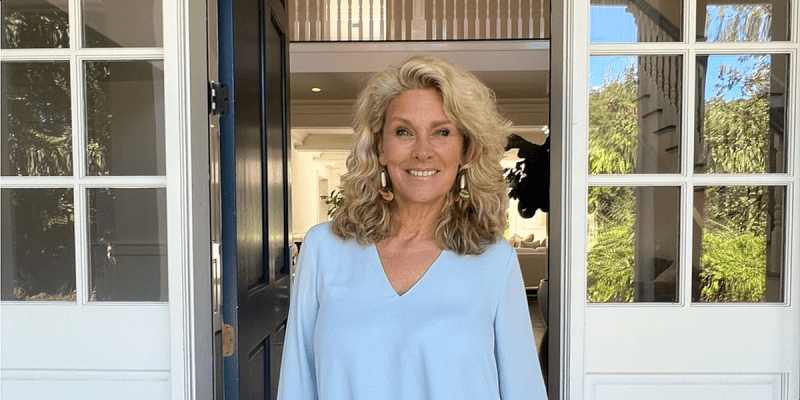A new report by the New York Housing Coalition (NYHC) found that the city created 27,000 new affordable housing units in 2024, a 10% increase over the average of the previous five years, with the Bronx leading the way in production.
The group’s fourth annual Housing Tracker Report found that District 15, represented by Council Member Oswald Feliz, was the overall top producer of affordable housing over the past 11 years. It overtook Rafael Salamanca Jr.’s District 17 in the South Bronx, which had led for the past three years.
District 15 includes the neighborhoods of Fordham Heights, Belmont, East Tremont, West Farms, Pelham Parkway-Van Nest and Allerton and saw the addition of 7,706 affordable units between 2014 and 2024, more than the bottom 21 districts combined, according to the report. Of the top 10 producing districts, five were in the Bronx (Districts 8, 14, 15, 16 and 17).
Though Feliz has, at times, spoken out against the addition of shelters and transitional housing facilities in the Bronx, including in his district, he applauded progress in building permanent housing.
“The progress that our city has made with the addition of affordable housing units in New York City is essential to battle the ongoing housing crisis effectively,” said Feliz in a statement. “I am proud to represent District 15 in the Bronx, where our constituents have the opportunity to afford their apartments. While the number of affordable housing units is increasing, I am hopeful that we will see more affordable homeownership opportunities in the future.”

Brooklyn’s District 42, represented by Council Member Chris Banks, was the 2024 top-producing district, with 1,439 units created.
The Housing Tracker report also noted the city’s improvement in creating homes for those with very low incomes.
The city financed 1,886 units for very low-income households, a “near record number” that is especially vital since the vacancy rate for apartments under $1,100 per month is just 0.39%, the report said.
NYHC Executive Director Rachel Fee applauded the efforts of high-producing districts while emphasizing persistent disparities.
“It was a banner year for housing growth in New York City, and we applaud local leaders like Councilmembers Feliz and Banks who are paving the way for a more affordable, livable city,” Fee said in a statement. However, “Some neighborhoods are still carrying the weight of adding new housing for the rest of the city.”
The Housing Tracker detailed racial and economic disparities in where affordable housing is constructed.
According to the report, the average median income in the 10 highest-producing districts was under $62,000, compared to over $87,000 in the lowest. When it comes to race, the low-producing districts have much higher white populations than the high.
This trend has been ongoing, the report said. “Year after year, New York’s whiter and wealthier neighborhoods are not adding new housing, pushing housing growth to Black and Hispanic and lower-income neighborhoods instead.
Changes to come
The NYHC said that the City of Yes for Housing Development rezoning plan, passed in 2024, will bring “modest changes” to help create housing in more equitably across districts.
The organization also advocates for changes to the ULURP process, currently discussed by the city’s Charter Review Commission, that would speed up the housing development process and make it harder for individual council members to reject projects in their districts.
The East Bronx District 13, which ranks 38 out of 51 in affordable housing construction from 2014-2024, has become something of a case study for how one member’s opposition can hold up projects indefinitely.
After the 2023 election, a consensus emerged that then-Council Member Marjorie Velázquez’s support of a Bruckner Boulevard rezoning, which would have added 349 new apartments, cost her the seat.
Her opponent, Republican Kristy Marmorato, ran on an anti-development platform as residents lost trust that Velázquez would oppose the rezoning, as well as a proposed supportive housing project called Just Home for severely ill formerly incarcerated people and the proposed Bally’s casino-hotel complex in Ferry Point Park.
But any housing creation is impossible without adequate funding, and NYHC’s report raised the alarm about an impending “funding cliff.”
Although the city’s current capital budget includes record-high funding for affordable housing and related agencies, it is expected to decrease starkly in FY 2027, which could hinder the city’s ability to preserve and create housing in the years to come unless more funding is added, according to the report.
Reach Emily Swanson at eswanson@schnepsmedia.com or (646) 717-0015. For more coverage, follow us on Twitter, Facebook and Instagram @bronxtimes

